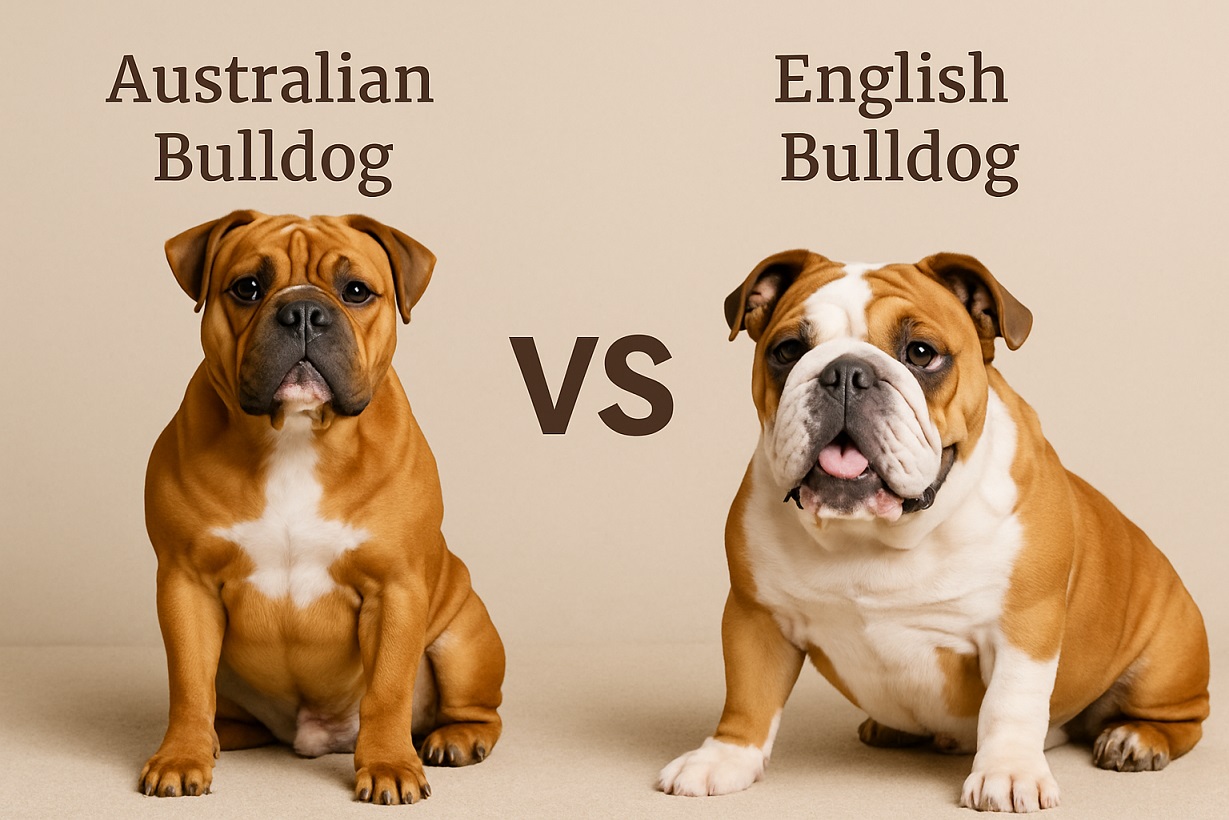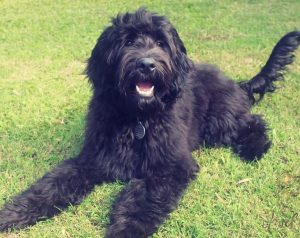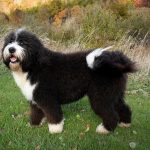When people think of Bulldogs, the image that often comes to mind is the wrinkly, stocky English Bulldog with its unmistakable stance and loveable charm. But in Australia, many families are discovering another version of this classic breed – the Australian Bulldog.
While both breeds share some similarities, they also have notable differences in health, lifestyle needs, and overall suitability for families. If you’re considering bringing one of these dogs into your home, understanding the differences between the Australian Bulldog and the English Bulldog is essential to making the right choice.
Table of Contents
A Quick History of the Breeds
English Bulldog
The English Bulldog is one of the most recognisable breeds in the world. Originally bred in England for bull-baiting in the 13th century, this breed has transitioned over centuries into a gentle, affectionate companion dog. Unfortunately, years of selective breeding for their trademark short nose and stocky build have left the English Bulldog prone to a number of health challenges, particularly around breathing and mobility.
Australian Bulldog
The Australian Bulldog, often referred to as the “Aussie Bulldog,” was developed in the 1990s by breeders in Australia. The aim was to create a Bulldog-type dog that retained the affectionate temperament of the English Bulldog but was healthier, more resilient to Australian climate, and better suited to an active Australian lifestyle. By introducing other breeds such as Boxers, Bullmastiffs, and Staffordshire Bull Terriers into the bloodline, breeders have produced a Bulldog that looks similar to the English Bulldog but with a more athletic and robust build.
Appearance: Spotting the Differences
At first glance, both breeds look similar, but there are key distinctions:
English Bulldog:
- Stocky and low to the ground
- Heavy wrinkles, especially around the face
- Short muzzle (brachycephalic)
- Short, smooth coat
- Average weight: 18–25kg
Australian Bulldog:
- Slightly taller and leaner than the English Bulldog
- Fewer wrinkles and a broader muzzle (making breathing easier)
- More athletic appearance
- Short, smooth coat, often in fawn, brindle, white, or combinations
- Average weight: 25–35kg
If you’re comparing the two side by side, the English Bulldog looks more compact, while the Australian Bulldog has a more athletic build, with features designed for better health and mobility.
Temperament and Personality
One of the reasons Bulldogs are adored worldwide is their loyal and affectionate nature. Both the Australian and English Bulldog share some traits, but there are subtle differences:
English Bulldog Personality:
- Gentle and laid-back
- Known for being couch potatoes
- Usually content with short walks and lots of rest
- Great with children, but less tolerant of very active play
Australian Bulldog Personality:
- Equally loyal and affectionate, but more energetic
- Enjoys outdoor activities and longer walks
- More heat-tolerant, making them suitable for Aussie summers
- Great family companions with higher stamina for playtime
If you’re after a low-energy lap dog, the English Bulldog might be your choice. If you prefer a Bulldog that can join in with outdoor adventures, the Australian Bulldog is more likely to keep up.
Health and Lifespan
This is where the two breeds differ the most.
English Bulldog:
- Prone to breathing difficulties due to their short muzzle (brachycephalic syndrome)
- Susceptible to hip dysplasia, cherry eye, skin infections, and overheating
- Average lifespan: 8–10 years
Australian Bulldog:
- Bred with health and resilience in mind
- Less likely to suffer from severe breathing problems
- Generally, more mobile and active
- Average lifespan: 10–12 years
While no dog is completely free of health issues, the Australian Bulldog has a better reputation for overall health and longevity compared to the English Bulldog. Just make sure you get a puppy from a well-reputed breeder of Australian Bulldogs.
Exercise and Lifestyle Needs
English Bulldog:
- Requires minimal exercise (20–30 minutes daily)
- Prefers cooler indoor environments
- Doesn’t tolerate heat well
Australian Bulldog:
- Enjoys regular activity and playtime
- Can adapt well to the Australian climate
- Needs daily walks and moderate exercise to stay fit
If you live in a hotter part of Australia and enjoy spending time outdoors, the Australian Bulldog is often the more practical choice.
Grooming and Care
Both breeds are relatively low-maintenance when it comes to grooming, but wrinkle care is essential.
English Bulldog:
- Wrinkles need daily cleaning to prevent infections
- Moderate shedding
- Prone to dental and skin issues
Australian Bulldog:
- Fewer wrinkles, so easier to maintain
- Low shedding
- Basic grooming (brushing once or twice a week, nail trimming, ear cleaning) is usually enough
Suitability for Families
Both Bulldogs make excellent family companions, but your lifestyle will determine the better fit:
- English Bulldog: Perfect for quieter households, apartment living, or families who prefer a more relaxed dog.
- Australian Bulldog: Better suited for families who want a slightly more active dog that can join in with outdoor activities.
Both breeds are generally good with children, though supervision is always recommended with younger kids.
Cost and Availability in Australia
English Bulldog Puppies: Typically range from $4,000 to $7,000 AUD, depending on breeder reputation, pedigree, and health testing.
Australian Bulldog Puppies: Often range from $3,500 to $6,000 AUD, with the added benefit of breeders focusing on health testing and ethical practices.
When choosing a breeder, always ask for:
- Health testing records (hips, elbows, respiratory assessments)
- Veterinary checks and vaccination history
- Details about the parents’ health and temperament
Avoid buying from backyard breeders or online marketplaces where health checks aren’t provided.
Australian Bulldog vs English Bulldog: Which is Right for You?
- Choose the English Bulldog if you want a calm, low-energy companion who’s happiest lounging indoors and doesn’t need much exercise.
- Choose the Australian Bulldog if you want a more active Bulldog with fewer health issues and a dog better suited to Australia’s climate.
Both breeds are loving, loyal, and excellent companions; the right choice comes down to your lifestyle and what you’re looking for in a dog.
Conclusion
Both the Australian Bulldog and English Bulldog bring their own unique qualities to the table. The English Bulldog remains a classic and iconic breed, adored worldwide for its loyalty and calm nature. On the other hand, the Australian Bulldog represents a healthier, more climate-suited option for Australian families who still want that Bulldog look and personality but with fewer health concerns.
Whichever breed you choose, the most important factor is selecting a responsible, ethical breeder who prioritises health, temperament, and the well-being of their dogs. That way, you’ll have a Bulldog companion who will bring joy, loyalty, and love to your home for years to come.










